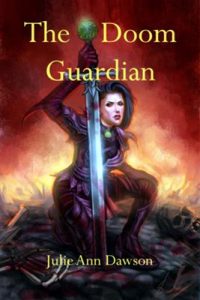 This review features spoilers. Read at your own risk.
This review features spoilers. Read at your own risk.
Say you go for a walk and find a milky-gray translucent pebble. It’s all knobby and cloudy and encrusted with dirt. If you take it home, wash it off, polish it up, and cut it, you may have a diamond. You may have some nicely cut and polished quartz. Just like with pebbles, a rough story makes it hard to tell if you’ve got a diamond or quartz in your hands.
The Doom Guardian is rough. When I review stories I make notes of the grammar errors, typos, formatting issues, and then send them off to the author. One of the great things about Indie books, if you send the author a list like that, a new, improved version of the story is usually up in a day or two. So, by the time any of you get to it, The Doom Guardian should be less rough. Making those changes effectively washes the pebble. It’s still unpolished.
Sometimes writers are puzzled when reviewers focus on the grammar. “But, it’s a good story!” The Doom Guardian is a good story. I genuinely liked it and will very happily read the sequels. But the typos and incorrectly used homonyms in the version I got are a symbol for the story as well. Everything in the story just needs a bit of polishing.
Take the characters: they’re a little too, whatever it is they’re supposed to be. A little too smarmy. A little too wise-old-dwarf. A little too self-loathing. They aren’t bad characters. They’re fun to read. They’re interesting people. But they’re just a little too broad. They’re a bit like watching the CGI in the first Star Wars. It looks good, but you know it’s not real.
The love story is a good example of how the characters don’t quite feel right. In less than ten days Nigel and Nadia go from barely tolerating each other to undying love. And, while Nigel’s transformation of wary amusement into affection isn’t too hard to believe, Nadia goes from trying to kill Nigel to in love with him in about three days.
The kicker is that speed of a love story is actually in character for Nadia. She’s got no middle gears. This is part of the being ‘too’ whatever it is. In her case she’s too emotional, too uncontrolled. Usually when someone talks about a woman character that’s too emotional they mean she cries at the drop of the hat. Nadia stabs at the drop of a hat. The emotions in question are usually guilt and rage.
I like Nigel and Nadia. I want them to get together and be happy together. But the romance didn’t need to happen that quickly. It’s wrapped up well before the climax of the book. The love story could be drawn out further to let Nigel and Nadia get to know each other before professing love. I would have been very pleased to see both characters just fool around, build a relationship, and then, when faced with having to actually act on that relationship, decide it’s really love.
The real plot of The Doom Guardian was character change. We watch Nadia go from an angry, destructive, unhappy woman, focused only on killing the undead, into a person. Nigel turns into Alexandros, (Yes, he literally changes his name.) deciding caring only for himself is a hallow life. I was pleased to see, even though the actual change happens pretty quickly, that Nadia doesn’t immediately turn into a well adjusted person. She stays highly variable as to her mood, which is in character. Nigel turns into Alexandros pretty quickly and then stays Alexandros. We don’t see him backsliding into the man he had been before.
The “plot” is probably the roughest element of the story. It’s high quest fantasy, but Dawson makes it pretty clear that the quest doesn’t really matter. The Necromancers are out to unleash the power of Vagruth, the god of the undead, and break the mystical spirit wall that’s keeping the undead in hell. Darsideon, the wise old dwarf/comic relief/cleric of the earth, heads off to find the Chaos Diamonds so the wall can be reinforced and the world saved from Undead Apocylapse. He runs into Nadia, a dhampir paladin who hunts down the undead, and the maret (dark elf) thief she’s captured, Nigel. Both of them look like they’ll come in handy on the adventure, so he takes them along. But, while off on this vitally important mission that will save the entire world from being destroyed by necromancers, they’ll go on a series of side adventures. Then when they finally get the Chaos Diamonds they’re questing for, it will be written off in less than two pages and we don’t get to see how it works or saves the world.
The Doom Guardian needed to decide if it was high quest fantasy with a romance, or a romance set in a fantasy world. I’m really not sure which it is, either. The climax of a romance is overcoming whatever and getting the characters together. Well, that’s taken care of by halfway through the story. The climax of High Quest Fantasy is getting whatever you’re questing for, and then using it to do whatever. It’s not enough to get the Ring to Mordor, you’ve got to actually write the bit where it gets tossed into the fire. With The Doom Guardian, we got to Mordor, but skipped over the tossing it in bit.
Just like theology for the irreverent and well versed will make me squee with delight, sloppy moral thinking makes me want to cry. And unfortunately The Doom Guardian ran headlong into it. It’s all throughout the plot. They are on a quest to save the world; time is of the essence. They have to get the Chaos Diamonds before the undead hordes ravage the world, so they take four days to save one boy. Then another few days to save the slaves they used as a ruse. I often found myself wanting to yell, THE ENTIRE WORLD IS AT STAKE HERE, FOCUS!
Nadia is tested. The gods themselves arrange it so that she’ll be forced to decide who she is and what she truly wants. She’s placed in a lake of molten iron and told by a magical/demi-god/fire elemental Salamander to pick one of her companions for death. If she picks one of them, she is cured of dhampirism and she and the other one get to live. If she refuses to pick, both will be killed, and she goes free. So instead of rationally going through it and choosing one of the guys, she refuses to chose, triggering the condition for both of their deaths, and jumps in the lake of molten iron to kill herself. Now, it is true that she may think this is all a dream (it’s not entirely clear from the writing if she’s decided one way or the other about that) even so, by the conditions set in the dream, her choice kills all three of them. Fortunately, the Salamander was lying and let them all live.
As Nadia slowly recovers, (Stepping into a lake of molten iron hurts!) unable to continue on the quest to save the world until she heals up, The Wise Old Dwarf King talked about her choice. How she decided she was going to keep fighting the good fight and hold onto her dhampirism so she’d have the strength fight more effectively. Um… no. That’s not what she did. She killed herself. She gave up the fight. By the Salamander’s conditions all three of them and, because they are on a quest to save the world from Undead Apocalypse, the entire world should have died because she couldn’t bear to pick between her two companions.
Standing in the lake of molten iron would have been a great point for Nadia to decide she loved Nigel/Alexandros. It would have been a great moment to see her decide saving the world was worth living without him because he’s not the one she has to keep alive if she wants to see the world saved. I would have loved to see her tell him after (because we learn Nigel and Darsideon were never in any danger) that she chose Darsideon because she needed him to get to the Chaos Diamonds and save the world. It would have been beautiful to see him, now as Alexandros, accept that choice, know it was the right one, and tell her he loved her because she had the strength to make it. Alas, we got crispy dhampir and an unimpressive speech trying to justify her actions.
More sloppy moral thinking: Darsideon and Alexandros capture a thief. They can’t take him with them. They can’t let him go. So they punt and let the sentient demon horse, who’s joined them on their journey, chose. The demon horse (a felsteed, aka nightmare) kicks in the thief’s head, and off they go. What are you saying about your characters when the clearest moral thinker in the entire group is a barely tame demon horse? Let me add this though, the felsteed, Firefly, is a great addition to the book, a lot of fun to read, and a truly nice touch. He’s a little spark indicating maybe this story is a diamond and not quartz.
And he’s not the only one. The world building is especially rich in The Doom Guardian. Much of it looks like typical Dungeons and Dragons fantasy, but it all has thoughtful little twists and turns to make it more real and vibrant. Quick example: the local vampires are looking into the gnomish discovery, electricity, to keep their herds of humans warm and comfortable. After all, fire is a huge risk for vampires, and if there’s any way to reduce the risk of that, they’re on top of it.
The dialog in this book is another spark. It’s a pleasure to see these characters speak. All three of the main characters have very distinct voices that never stray. This entire book could have no dialog tags and you’d never be confused about who is speaking when. That’s a very hard technique to pull off, and Dawson does it elegantly.
So, this little pebble I hold in my hand, is it a diamond or a quartz? I don’t know. But I hold high hopes the sequel will be a diamond.
Get an Editorial Review | Get Amazon Sales & Reviews | Get Edited | Get Beta Readers | Enter the SPR Book Awards | Other Marketing Services


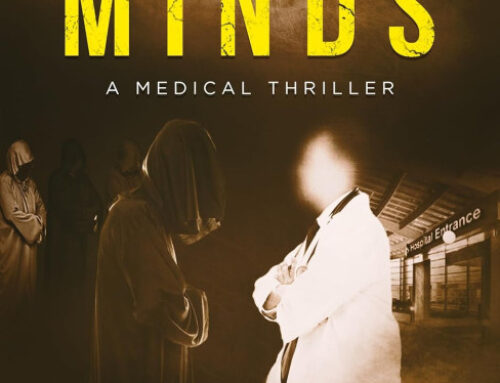
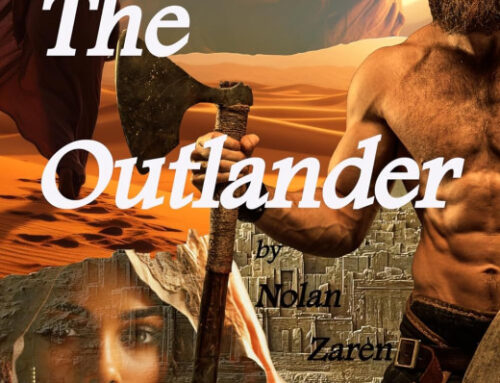
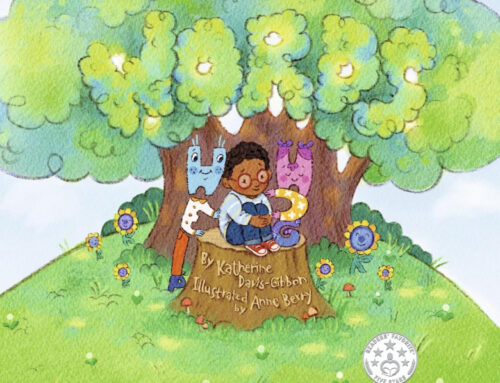
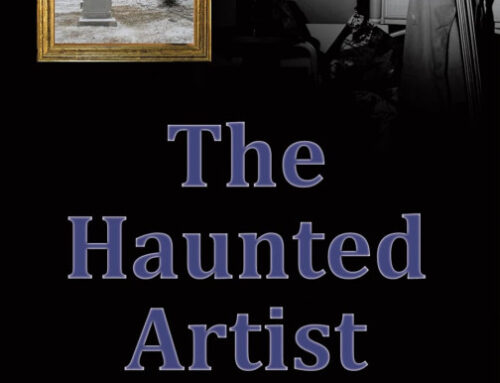
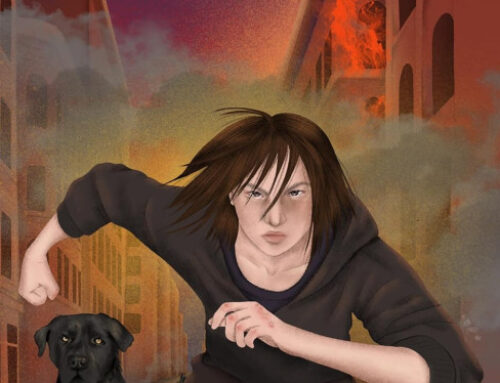
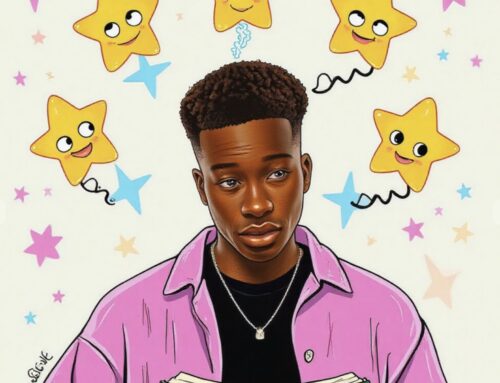
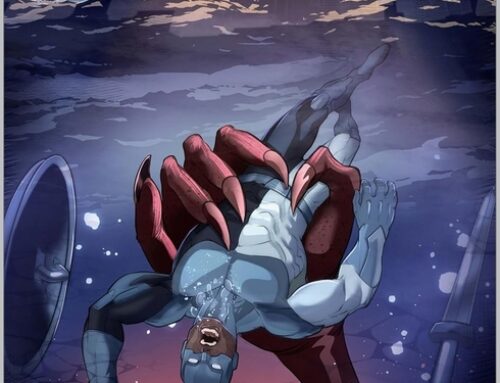

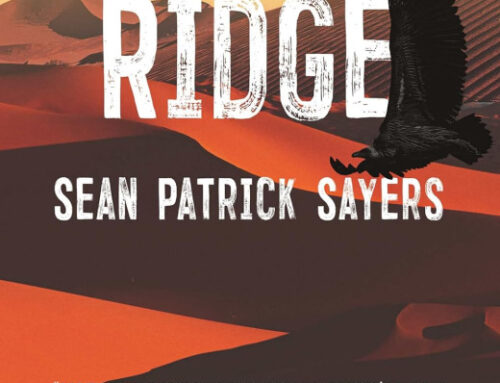
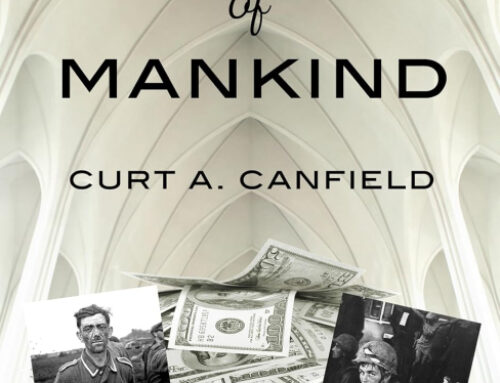
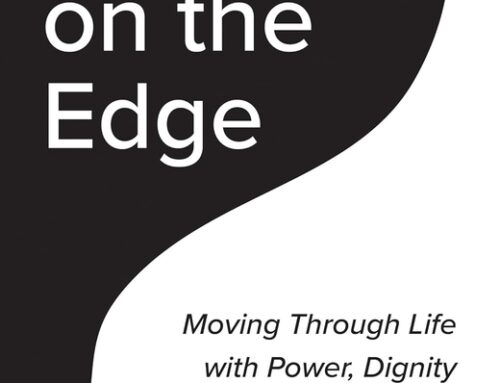
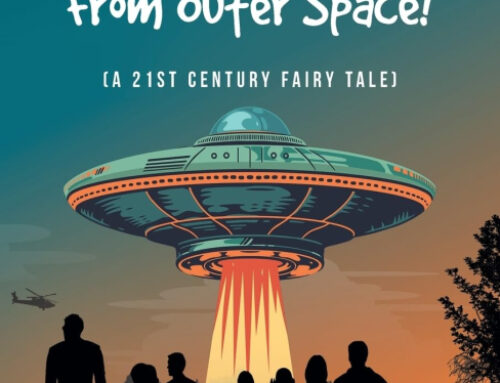
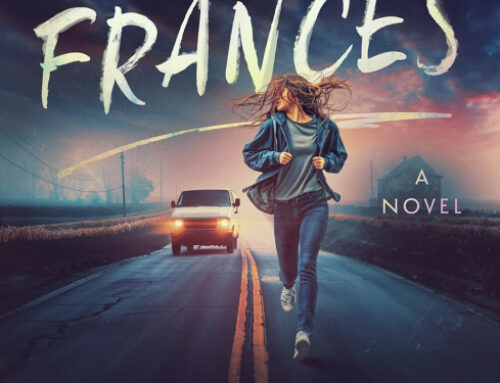

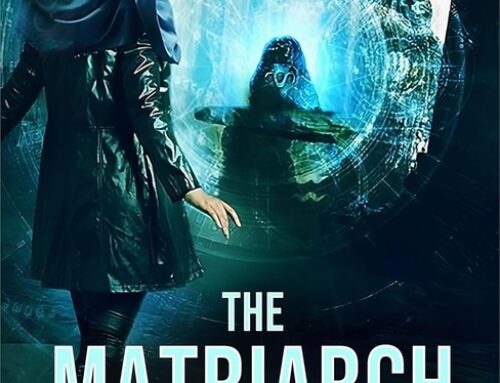
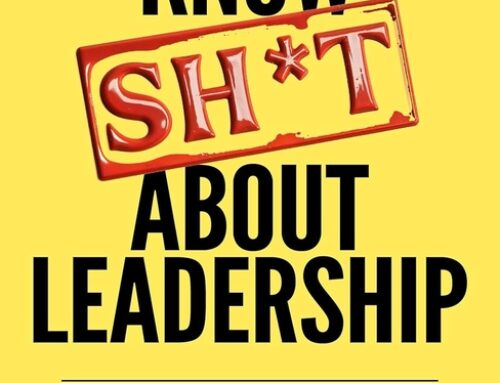
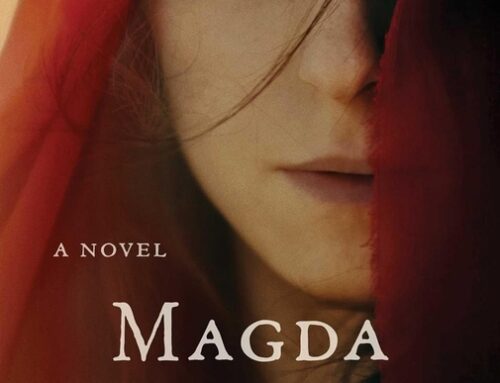
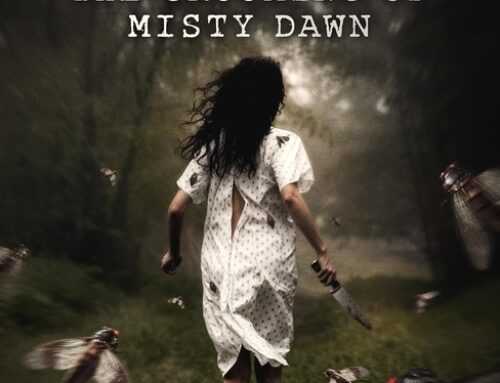
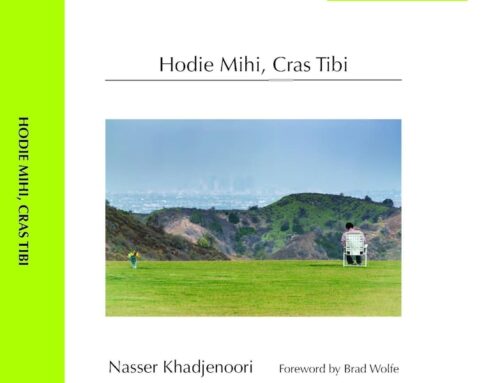
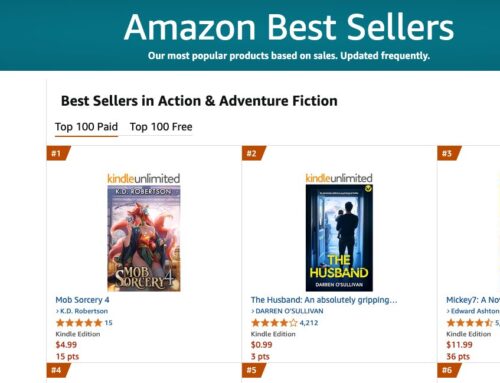
I started to read the book, but lost my way.
Not the type that holds me together…